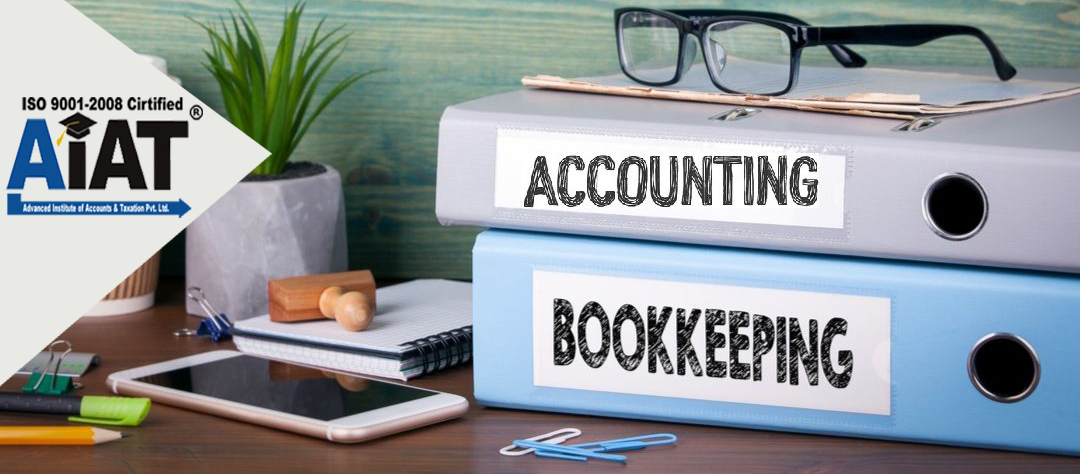Aadhaar has become an important
financial document. To apply for PAN, filing income tax return (ITR) or to
receive a subsidy or grant from the government, it is mandatory to give your
Aadhaar number.
You can apply for an Aadhaar card
if you have a valid proof of identity (PoI) such as PAN card, passport, voter
ID card etc., valid proof of address (PoA) such as passport, bank
statement/passbook, voter ID, driving licence etc. and date of birth proof. However,
what happens if you do not have the required documents? Can you still apply for
an Aadhaar card?
According to the UIDAI's Aadhaar
enrolment form, there are two more ways to apply for Aadhaar card if an
individual does not have their own POI/POA supporting documents - (1) Through
an Introducer and (2) Through Head of Family (HoF).
(Screenshot of Aadhaar enrolment form as available on the UIDAI website)
Here's how you can apply for an Aadhaar card if you do not have the
required supporting documents.
Through the Head of Family (HoF)
If an individual in a family does
not have valid PoI and valid address proof, then he/she still can apply for
Aadhaar card, provided if the individual's name exists in the family
entitlement document such as ration card. In such cases the Head of Family in
the entitlement document needs to be enrolled first with valid PoI and PoA
documents.
The head of the family can then
introduce other members in the family while they are enrolling, as per the
UIDAI website.
The HoF must also carry his/her
original proof of identity and proof of address. The HoF must also accompany
the individual who wants to apply for Aadhaar card at the enrolment centre.
An individual applying for Aadhaar
card via the HoF should have proof of relationship with the HoF as well. The
proof of relationship document must contain the name of the applicant and HoF.
According to UIDAI, following are the documents that are valid as proof of
relationship:
1. PDS card
2. MNREGA Job Card
3. CGHS/State Government/ECHS/ESIC
Medical card
4. Pension Card
5. Army Canteen Card
6. Passport
7. Birth Certificate issued by
Registrar of Birth, Municipal Corporation and other notified local government
bodies like Taluk, Tehsil etc.
8. Any other Central/State
government issued family entitlement document
9. Marriage Certificate issued by
the government
10. Address card having name and
photo issued by Department of Posts
11. Bhamashah card
12. Discharge card/ slip issued by
Government hospitals for birth of a child
13. Certificate of identity having
photo issued by MP or MLA or MLC or Municipal Councillor or Gazetted Officer on
letterhead
14. Certificate of identity having
photo and relationship with HoF issued by village panchayat head or mukhiya
(for rural areas)
Through Introducer
Another
method to apply for Aadhaar card if an individual who does not have his own PoI
and PoA documents is via an Introducer. According to UIDAI website, an
introducer is a person who
is authorised/notified by the
Registrar to introduce residents who do not possess any PoA/PoI documents.
The introducer should already have
an Aadhaar number and needs to be present in person at the Aadhaar centre for
introducer-based enrolments.
The circular can be accessed here
FOR MORE DETAILS...
AIAT Pvt. Ltd
Add:- 15 Bhande Plot, Umred Road Nagpur.
Email:- info@aiatindia.com
Cont:- 9604121000




